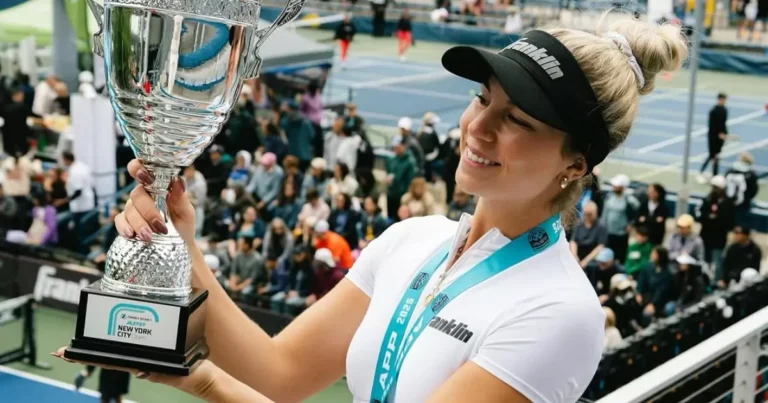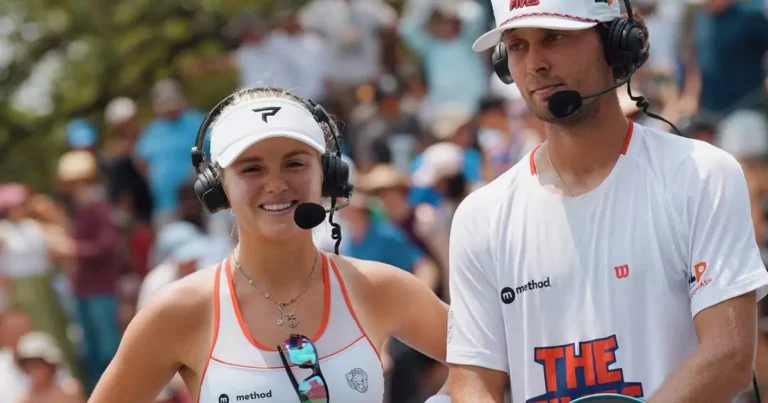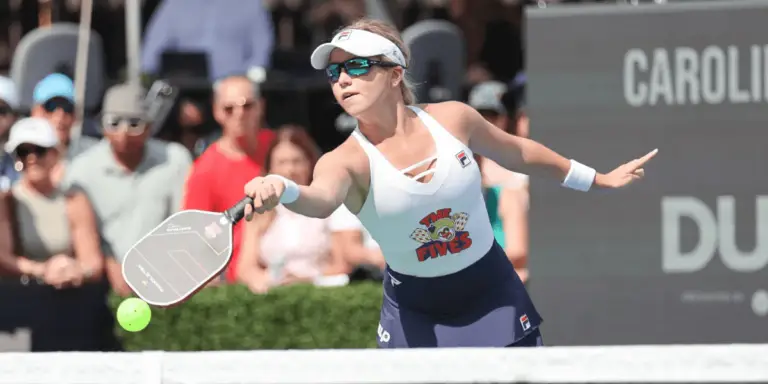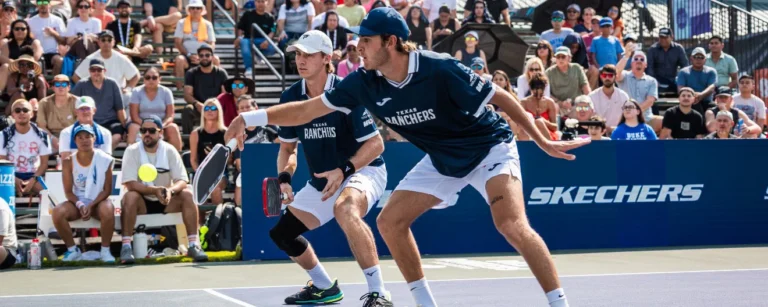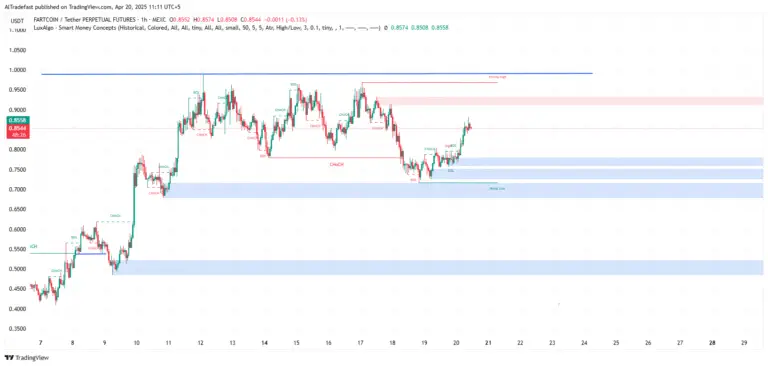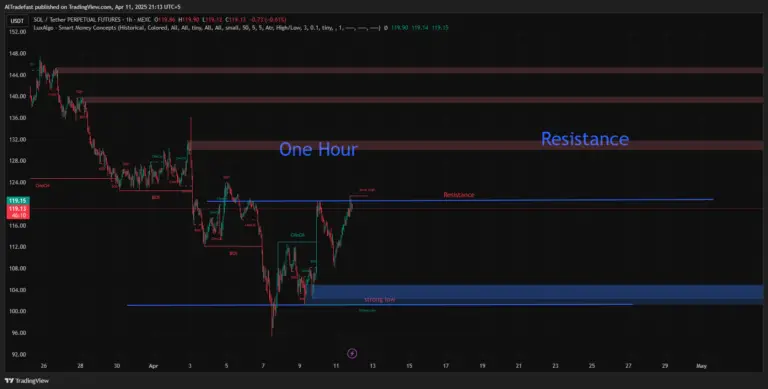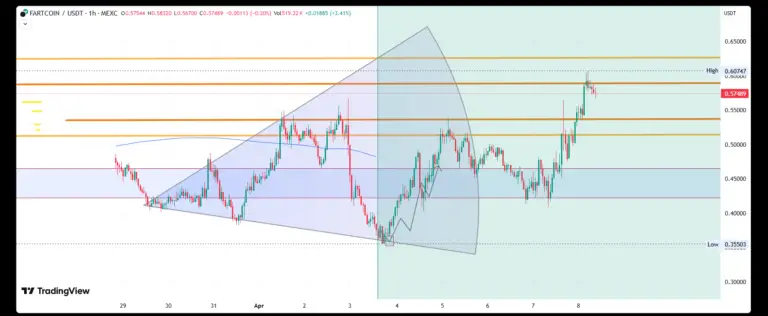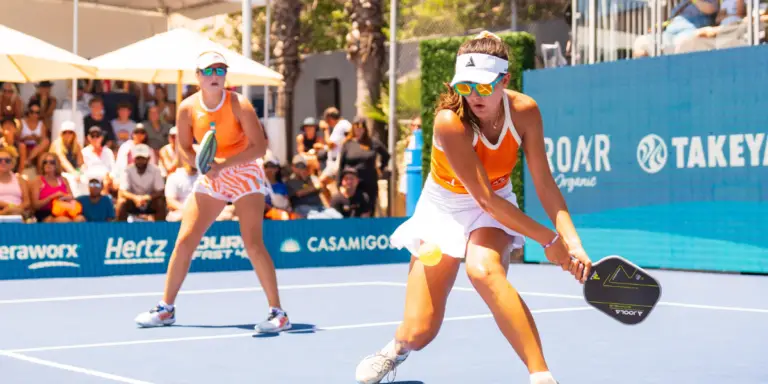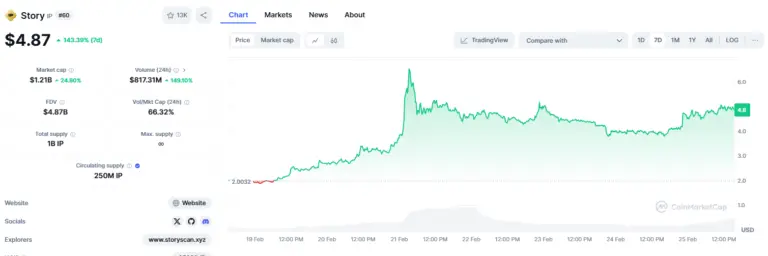Pickleball’s Popularity Surges: Nearly 50 Million Americans Played in the Last Year
The Association of Pickleball Professionals (APP) has released new research on pickleball participation, revealing that 48.3 million adult Americans—nearly 19% of the adult population—have played the sport at least once in the past year. This marks a significant 35% increase from August 2022, when the participation figure was 36.5 million. Notably, the average age of pickleball players is now 34.8 years, indicating a younger demographic than previously thought, with particularly strong growth among those aged 18 to 44.

The updated study also provides valuable insights into the demographics and geographic distribution of pickleball players across the United States.
Demographics – Who is Playing Pickleball the Most?
Avid pickleball players, defined as those who play at least once a month, are younger than previously thought. Recent research shows that the average age of these players is 34.8 years. Over 70% of avid players fall between the ages of 18 and 44, with 40% aged 25 to 34 and 18% aged 18 to 24. Notably, since August 2022, there has been an 86% increase in players aged 35 to 44, as well as a 32% rise in casual players (those who play at least once a year).


Gender
Pickleball is inherently inclusive and attracts a diverse range of participants, but the majority of avid players are male, comprising 62% of that group. Among casual players, 57% are male and 43% are female.

Geographic Hotspots for Pickleball
The APP’s latest research identifies the key regions for pickleball activity across the United States. The top 10 Designated Market Areas (DMAs) collectively represent 45% of all pickleball participation, with New York City and Los Angeles alone contributing over 21% of that total.
The top 10 DMAs for pickleball participation are as follows:

- New York: 11.3% of the DMA population has played pickleball at least once in the past year (5.5 million).
- Los Angeles: 9.6% of the DMA population has played pickleball at least once in the past year (4.7 million).
- Dallas-Fort Worth: 5.2% of the DMA population has played pickleball at least once in the past year (2.5 million).
- Miami-Fort Lauderdale: 3.1% of the DMA population has played pickleball at least once in the past year (1.5 million).
- San Francisco – Oakland – San Jose: 2.9% of the DMA population has played pickleball at least once in the past year (1.4 million).
- Washington, DC: 2.9% of the DMA population has played pickleball at least once in the past year (1.4 million).
- Houston: 2.5% of the DMA population has played pickleball at least once in the past year (1.2 million).
- Chicago: 2.5% of the DMA population has played pickleball at least once in the past year (1.2 million).
- Atlanta: 2.3% of the DMA population has played pickleball at least once in the past year (1.1 million).
- Seattle-Tacoma: 2.2% of the DMA population has played pickleball at least once in the past year (1.1 million).

The Future of Pickleball
“The APP’s latest research demonstrates that the rapid growth of pickleball shows no signs of slowing down,” said Tom Webb, Chief Marketing Officer of the APP. “In January, we highlighted the impressive increase in participation over the past two years, and now we can answer the question, ‘Who is playing pickleball?’ The players are younger than previously assumed, and there are far more participants than ever before.
“In recent years, we’ve witnessed an unprecedented spread of the sport—from casual play in driveways and schools to competitive leagues, tournaments, and elite professionals. This growth has led to a remarkable influx of players nationwide, who are younger, more diverse, and participating in more locations than anyone anticipated. Every day, we hear stories of new pickleball facilities being built, courts being established, and local communities coming together to embrace the sport for the first time—and falling in love with it.

“As stewards of the sport, the APP is honored to represent the nearly 50 million players who are enjoying pickleball every day. Through our research, we’re proud to be at the forefront of understanding this pickleball revolution—not just tracking its rising popularity in the U.S. and around the world, but also deepening our understanding of how far the game has come and guiding its future direction.”

